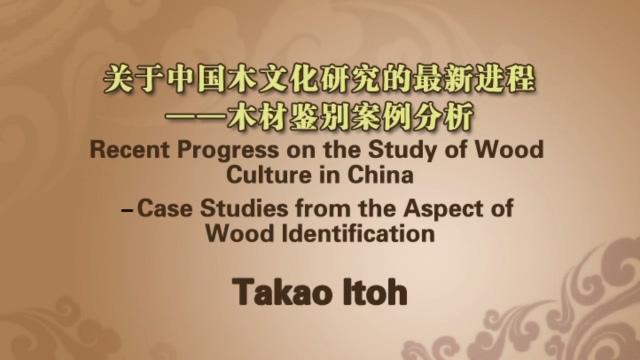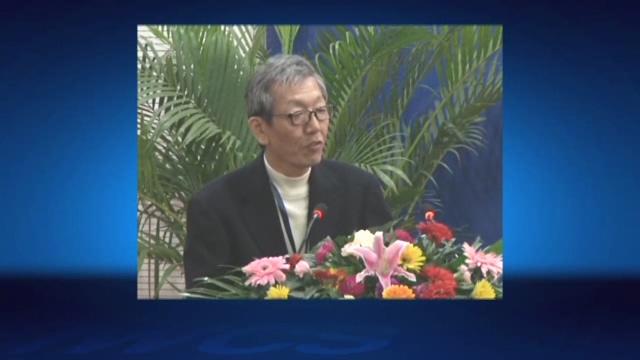会议名称:2010木文化国际研讨会——古木文化产业和遗产保护与修复
会议时间:2010年10月23日-24日
会议地点:中国·陕西
报告嘉宾:Takao ITOH 教授
报告摘要:I have been interested in wood identification of wooden cultural properties such as archaeological wooden remains, traditional buildings and Buddhist sculptures in both China and Japan. Firstly, I had an opportunity to identify a number of archaeological wooden remains in Niya site, Xinjiang. It was impressive for me to have learned that a number of wooden artifacts have been excavated from the site in spite of desert area. Most abundant species used for the artifacts was Populus euphratica, followed by Tamarix, Salix and Elaeagnus. Secondly, I had an opportunity to identify the wooden materials used for Tibetan temple building in Qinghai. Only two species were identified as the pillars and the other structural materials for the buildings; those are, Picea sp. and Pinus sp. (Diploxylon). Thirdly, I had opportunities to identify Buddhist and deity sculptures originated from China. In the case of Buddhist sculptures, Salix, Populus, Paulownia, and Tilia were the most common species used for those sculptures. In the case of deity sculptures, Populus and Cinnamomum were the major species. Until now, we do not know why ancient Chinese selected these species for making Buddhist and deity sculptures.
Wood identification will help to understand more the individual wooden cultural properties from the scientific point of view. On the other hand, the demands of wood identification will increase more rapidly in China from now on because there are so many wooden cultural properties in China. I do hope the research of wood species used for wooden cultural properties could be done actively by the collaboration with archaeology, architecture historians and art historians.
责任编辑:iwcs24P


 13,053
13,053

